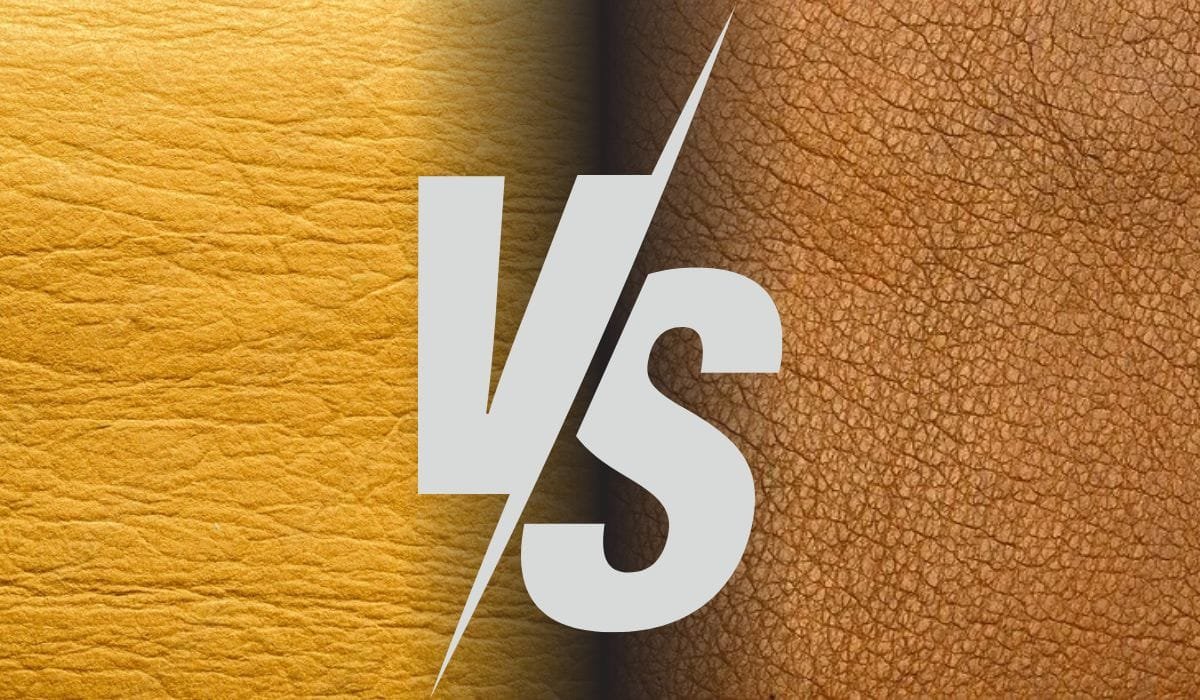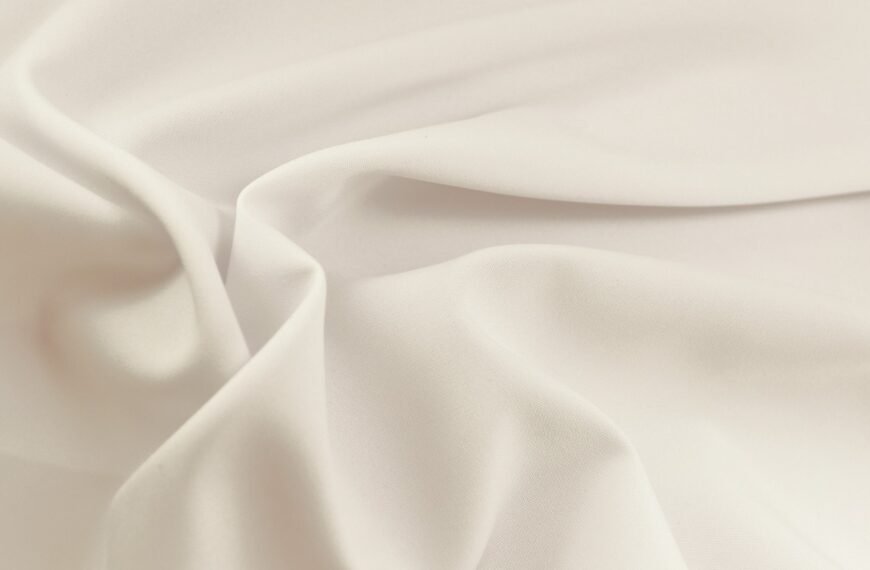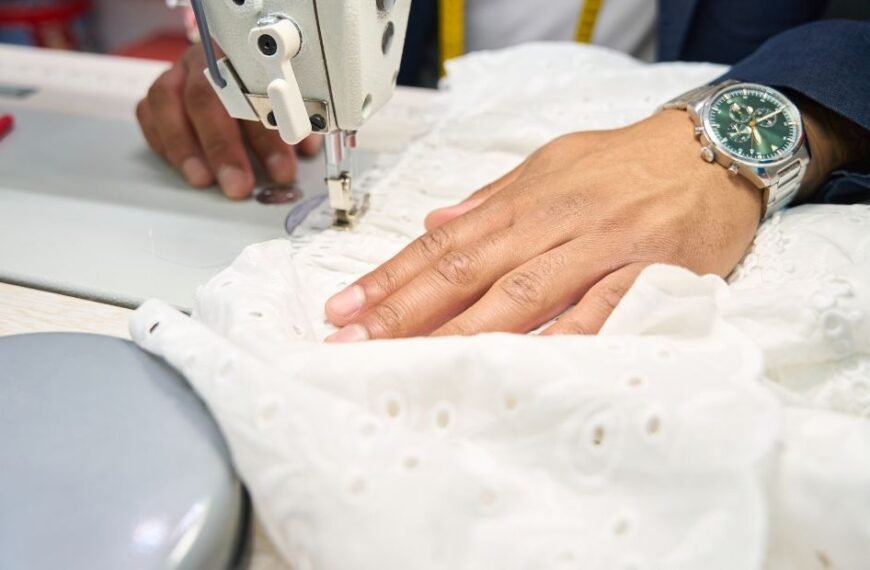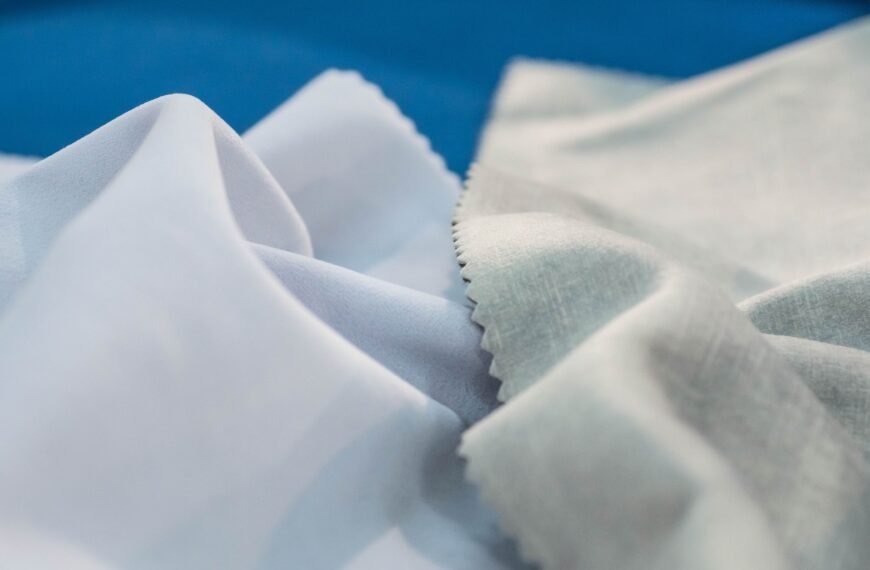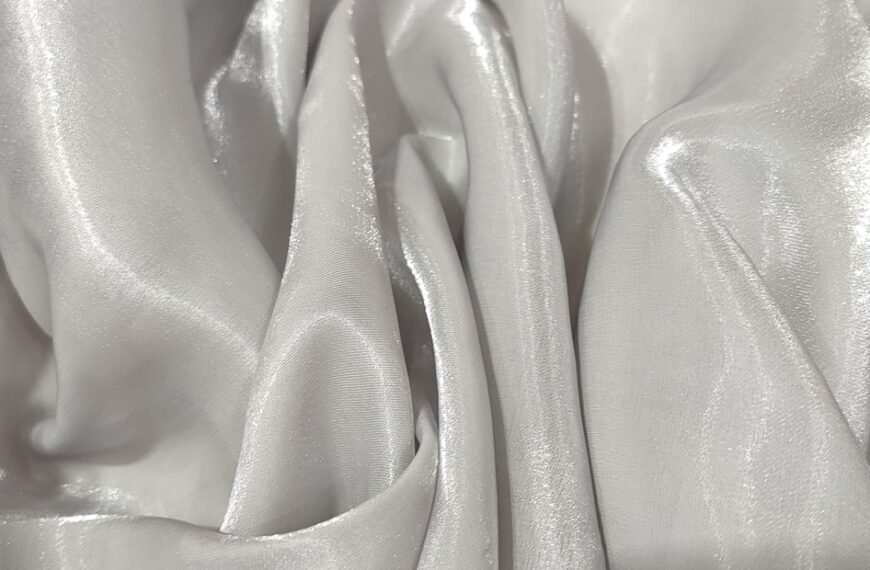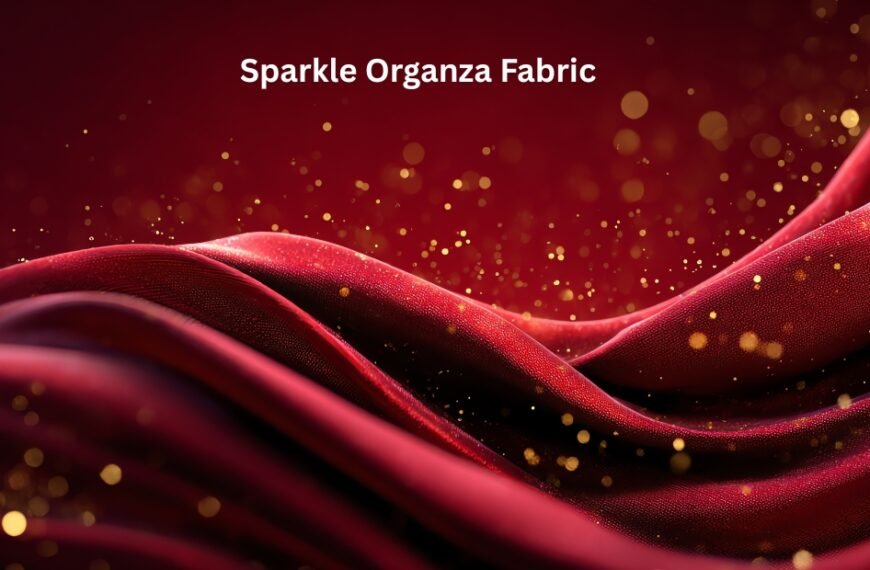Introduction to Vegan Leather vs Real Leather: The Ultimate Comparison Guide
These days, consumers frequently weigh the pros and cons between Vegan Leather vs Real Leather versus shopping leather guide. Each has its particular qualities. So which one works for you best? Let’s analyze their differences, benefits, and drawbacks.
What Is Real Leather?
Real leather is derived from animal’s hides, chiefly cow, goat, or sheep. It undergoes numerous tanning processes to improve its texture and durability. Real leather is appreciated for its longevity, breathability, and its sensuous feel. Unlike synthetic materials, real leather undergoes a beautiful transformation with time as it develops a patina.
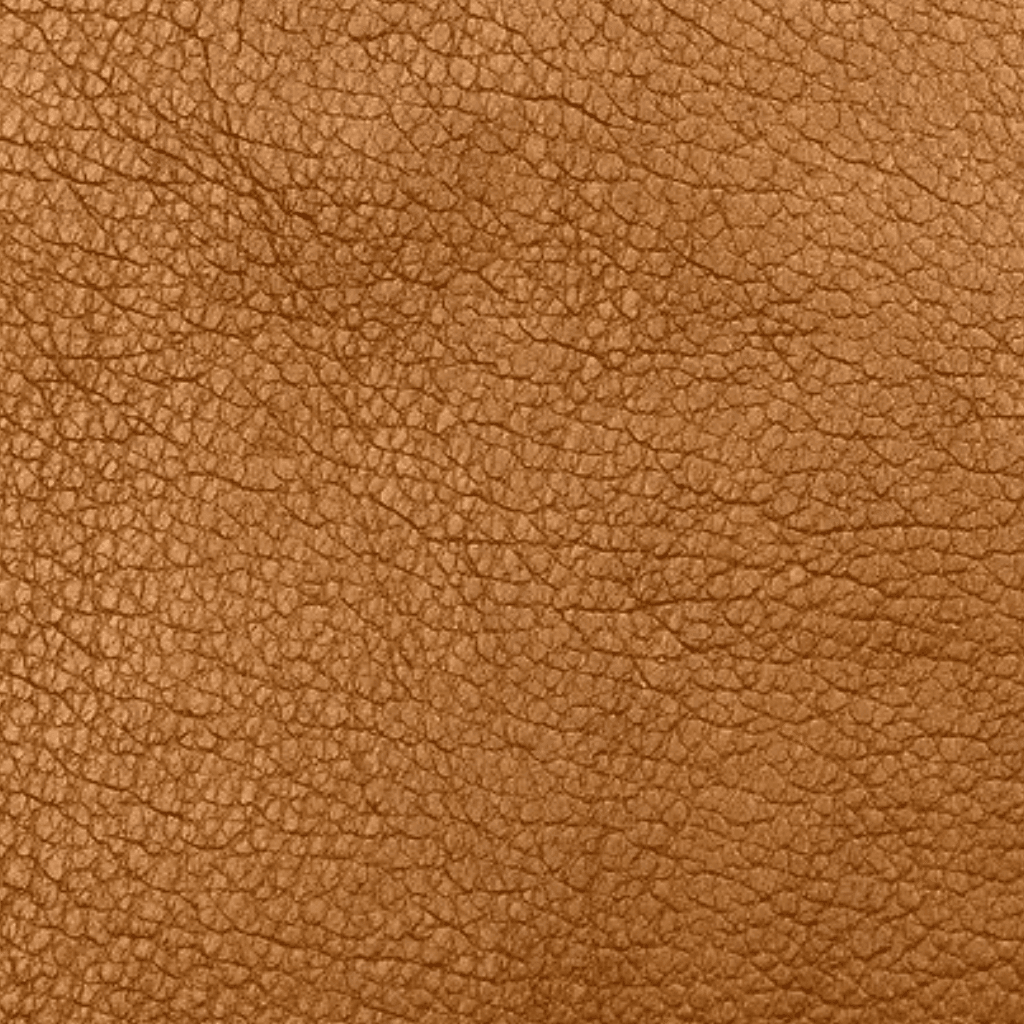
What Is Vegan Leather?
Vegan leather, also known as faux leather, is a synthetic alternative to real leather. Manufacturers use materials like polyurethane (PU) or polyvinyl chloride (PVC) to create its texture. Some eco-friendly brands use plant-based materials like mushroom leather or pineapple leather. Vegan leather offers a cruelty-free and often more affordable alternative to real leather.

Vegan Leather Versus Real Leather: Which Is More Durable?
In the ultimate comparison guide between vegan leather and real leather, it is important to consider durability. Real leather, when well maintained, can last for decades. It also holds up to wear and tear significantly better than its synthetic counterparts. On the other hand, vegan leather peels or cracks over time, especially when exposed to heat or moisture, as many must haves do.
Vegan Leather Versus Real Leather: Which Has More Sustainability?
If we’re discussing sustainability, it is an important factor when making the choice between vegan leather and real leather: the ultimate comparison guide. The issue with real leather is that it entails animal farming. This leads to deforestation as well as greenhouse gas emissions. On the positive side, some companies do employ vegetable tanning methods to lessen the number of chemicals used. However, traditional vegan leather production is a problem as it is made from petroleum-based plastic. Although plant-based vegan leather is indeed a greener substitute.
Vegan Leather Versus Real Leather: Which Is More Appealing Aesthetically?
The aesthetic factor is important when talking about vegan leather versus real leather: the ultimate guide comparison. The best feature of real leather is that it possesses a natural grain, rich texture and unique imperfections. it develops a distinguished patina, enhancing its appearance over time. Vegan leather, advanced its development to the point where it can mimic real leather. Unfortunately, it is often devoid of depth and authenticity.
Comfort and Breathability: Vegan Leather vs. Real Leather
The comparison guide on vegan leather versus real leather note how comfort contributes to the debate. Real leather accommodates body temperature which makes it super breathable, and hence ideal for sweating, clothing, and even furniture. Vegan leather,on the other hand, does not have natural pores so heat and moisture get trapped. This can often lead to discomfort.
Cost Factor: Vegan Leather vs. Real Leather
The ultimate comparison guide suggests that affordability plays a deciding factor among buyers when deciding between vegan leather or real leather. Real leather is crafted to last which is why it’s value increases over time. It is also very expensive. As opposed to real leather, vegan leather is more affordable, however, it requires more frequent replacements making it more expensive in the long run.
Maintenance and Care: Vegan Leather vs. Real Leather
For real leather, it is crucial to condition the leather items to prevent cracking and drying out. Men vegan leather vs real leather which claims to be the ultimate comparison guide contain all the facts. The care guide for vegan leather suggests ensuring protection from excess moisture. Vegan leather is easier to clean but peels more easily so its life span is worse than real leather products.
Ethical Issues: Vegan Leather Versus Animal Skin Leather
Ethics is a major factor in the case of vegan leather versus real leather: the remaining comparison guide. Real leather necessitates animal husbandry, which raises concerns about cruelty as well as lack of sustainability. Vegan leather does not cause any animal cruelty, therefore rendering it suitable for ethical consumers. Yet, the environmental concerns involved in the production of vegan leather based on petroleum do not go away.
General Applications: Vegan Leather vs Real Leather
Both materials serve different purposes in the case of vegan leather versus real leather: the remaining comparison guide. Real leather is a mainstay in the high-end markets which include handbags, shoes and furniture. Vegan leather is popular among low-cost non-leather apparel, accessories and green brands. Each material fulfills specific requirements and therefore has its own marketed audience.
Conclusion: Which One Is Right for You?
Choosing between vegan leather vs. real leather: the ultimate comparison guide depends on personal values and needs. If longevity, luxury, and natural texture matter, real leather remains the top choice. If affordability, ethics, and low maintenance are priorities, vegan leather is a great alternative. Read More: Leather Conditioner: How to Choose the Best for Your Leather
FAQs
Real leather lasts significantly longer than vegan leather with proper care.
Not all vegan leather is eco-friendly; petroleum-based options still harm the environment.
Some premium vegan leathers come close, but real leather remains the gold standard in luxury markets.
